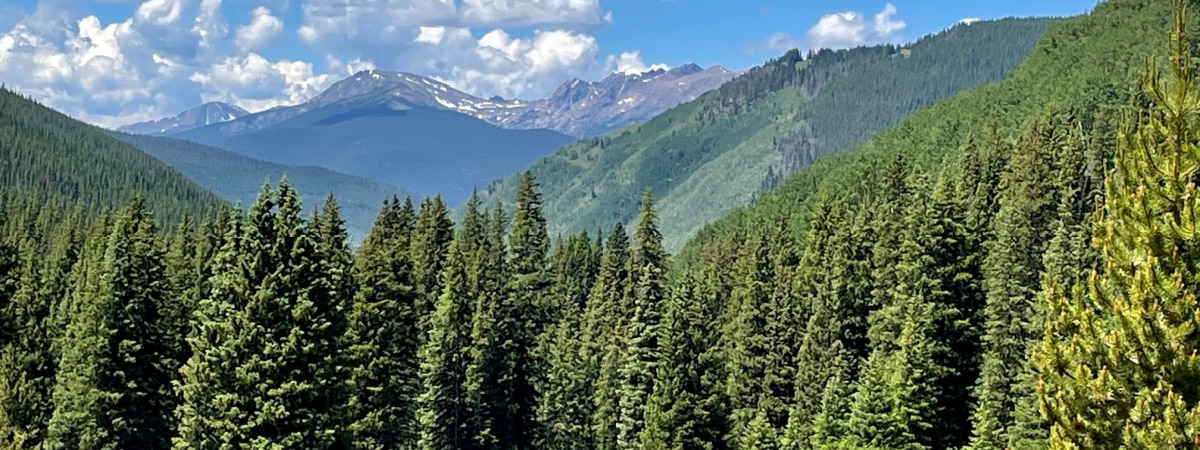Stay the trail. Don't bring glass. Pack it out.
Leave No Trace
The LNT Principles are a relatively simple set of rules to follow while in the backcountry whether you are on BLM land, National Forest, or even somewhere outside of the United States. If all outdoor enthusiasts would follow these simple guidelines, many of the once-open lands would still be open – instead of our current situation where lands are continually being closed off. At Rocky Mountain Adventure Rentals, we take pride in allowing visitors the opportunity to access areas that they would not otherwise be able to access without our equipment. Not everyone is capable of hiking deep into the woods – whether it has to do with physical fitness, age, disabilities or other obstacles. Having the opportunity to jump in a side-by-side RZR with the family and ride to the top of a mountain is more often than not a gift. If everyone, motorized and non-motorized adventurers would simply follow the rules of Leave No Trace, we will all be able to help protect our lands for future use.
Below you will find the 7 basic concepts of LNT Principles – Leave No Trace. We recommend that you take the time to set these to memory and follow the principles the next time you find yourself in the wilderness.
#1. Always be Prepared and Plan Ahead.
- Research and educate yourself on the regulations of the area you plan to visit.
- Be prepared for all conditions including: weather, hazards and emergencies.
- Schedule your trip around times of high use – try to avoid over population of one area.
- Travel in small groups.
- Repackage food and supplies to minimize waste.
- Use a map and compass. Avoid having to use marking paint, rock cairns or flagging.
- Always let others know where and when you plan to be visiting a location.
#2. Travel and Camp on Designated and Durable Surfaces.
- Designated and Durable surfaces include marked trails, campsites, rock, gravel, dry grasses, and snow. UTV, ATV’s, Dirt Bikes – You must STAY on trails. NEVER drive off of the marked trail/path.
- Always camp at least 200 feet from lakes, rivers and streams.
- Concentrate on using existing trails and campsites – avoid places where new impacts are beginning.
- Always walk single file in the middle of the trail – no matter the conditions.
- Keep campsites small.
#3. Dispose of Waste – Properly.
- Pack it in, pack it out. Thoroughly inspect your campsite and rest areas for trash and other items including spilled foods. Pack out all of your trash, leftover food and litter. This is the most common of all broken rules.
- Deposit solid human waste in foxholes. Your foxhole should be 6 to 8 inches deep and at least 200 feet from water, campsites and trails. Cover the foxhole when finished.
- Always pack out toilet paper and all hygiene products.
- To wash yourself or your dishes, carry water 200 feet away from rivers, streams and lakes. Use biodegradable soap in small amounts.
#4. Leave it Alone.
- Preserve the past: look and inspect, but do not touch cultural or historic structures and artifacts.
- Don’t pick the flowers. Leave rocks, plants and other natural objects alone.
- Avoid introducing or transporting non-native species.
- Do not build structures or dig trenches.
#5. Minimize Campfire Impacts.
- When and where fires are permitted, use already established fire rings.
- Keep fires small. Only use sticks from the ground that can be broken by hand.
- Burn all wood and coals to ash and put out campfires completely. Do not leave a campfire that is still smoldering.
- Use a small camp stove for cooking to avoid added need for a fire.
#6. Respect Wildlife- Leave the wildlife alone.
- Do not follow approach the wildlife and only view the wildlife from a distance.
- Do not feed the wildlife.
- Control your own pets at all times.
- Avoid wildlife during times of mating, nesting, and other sensitive times.
#7. Be considerate of others.
- Be courteous. Yield to uphill traffic on the trail.
- When encountering horses and other pack stock, step to the downhill side of the trail.
- Camp away from trails and other trekkers.
- Speak softly to avoid creating loud noises.



